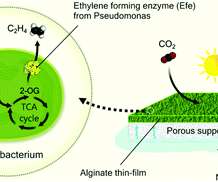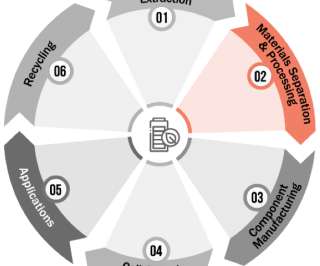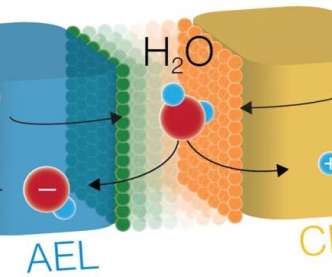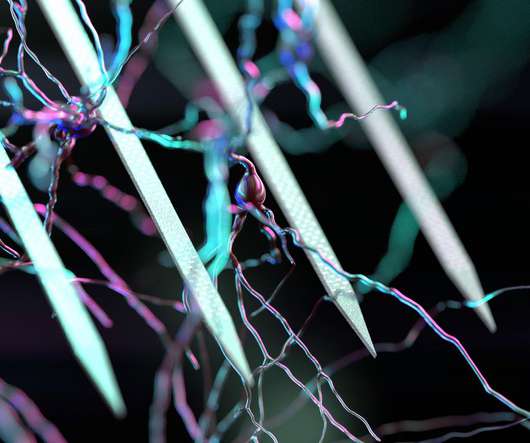Researchers develop thin-layer artificial biofilm technology for green ethylene production
Green Car Congress
OCTOBER 25, 2020
Researchers at the University of Turku in Finland have developed a thin-layer artificial biofilm technology for sustainable and long-term ethylene photoproduction. PCC 6803 cells holding ethylene forming enzyme (Efe) from Pseudomonas syringae are entrapped within a natural polymer matrix, thus forming the thin-layer biocatalytic structure.
































Let's personalize your content